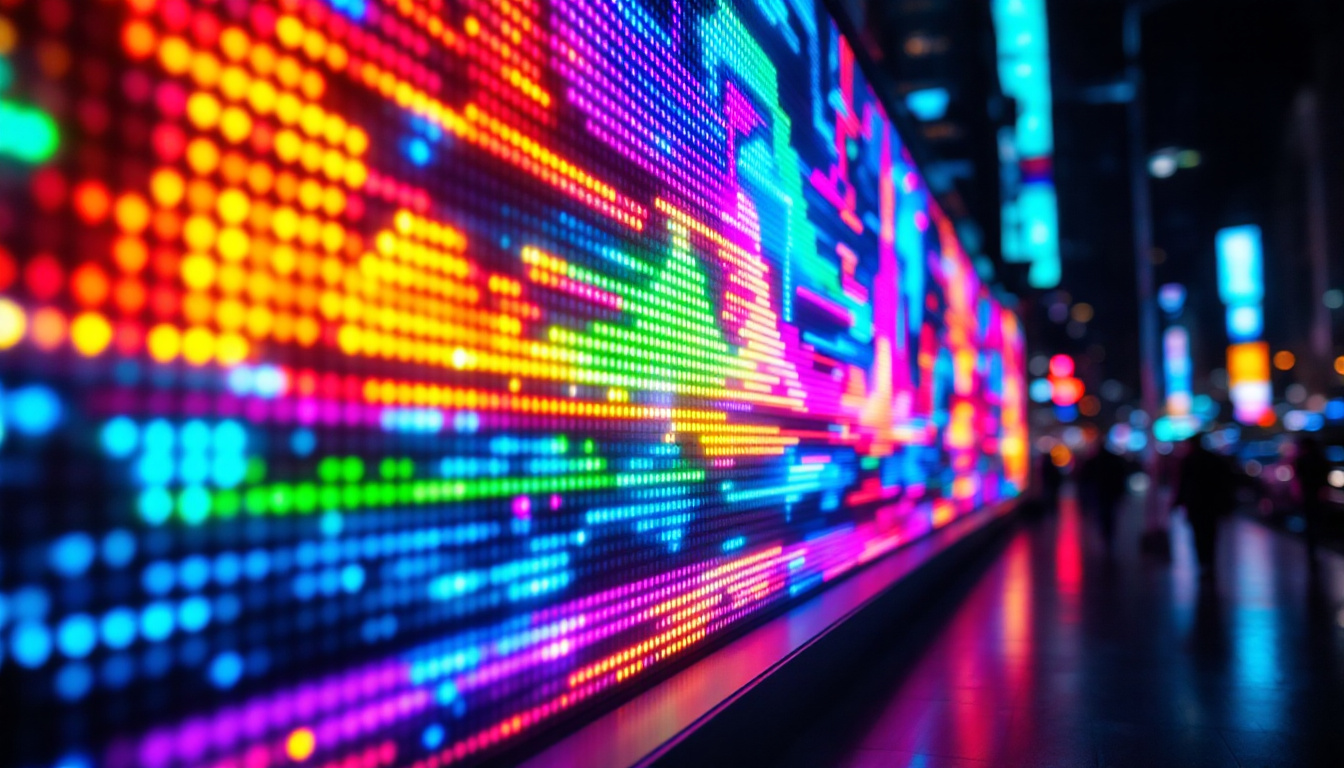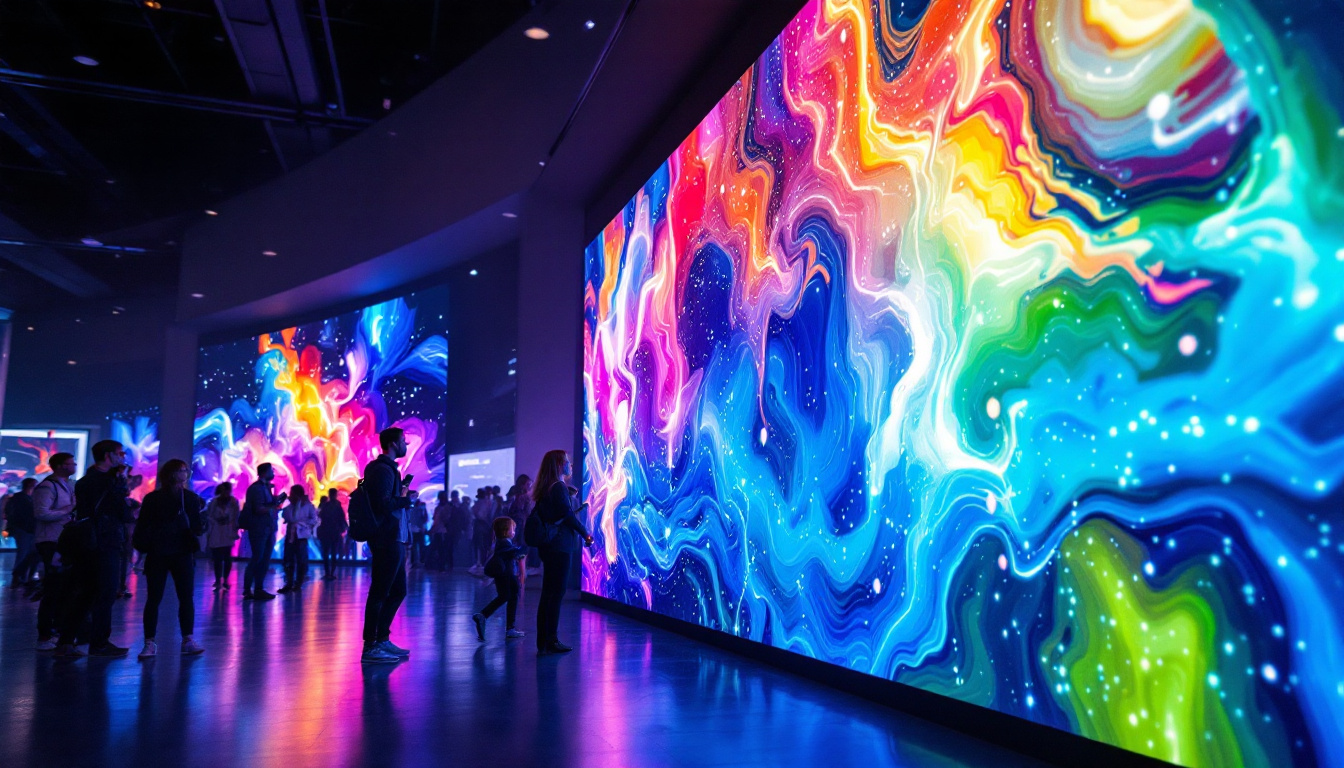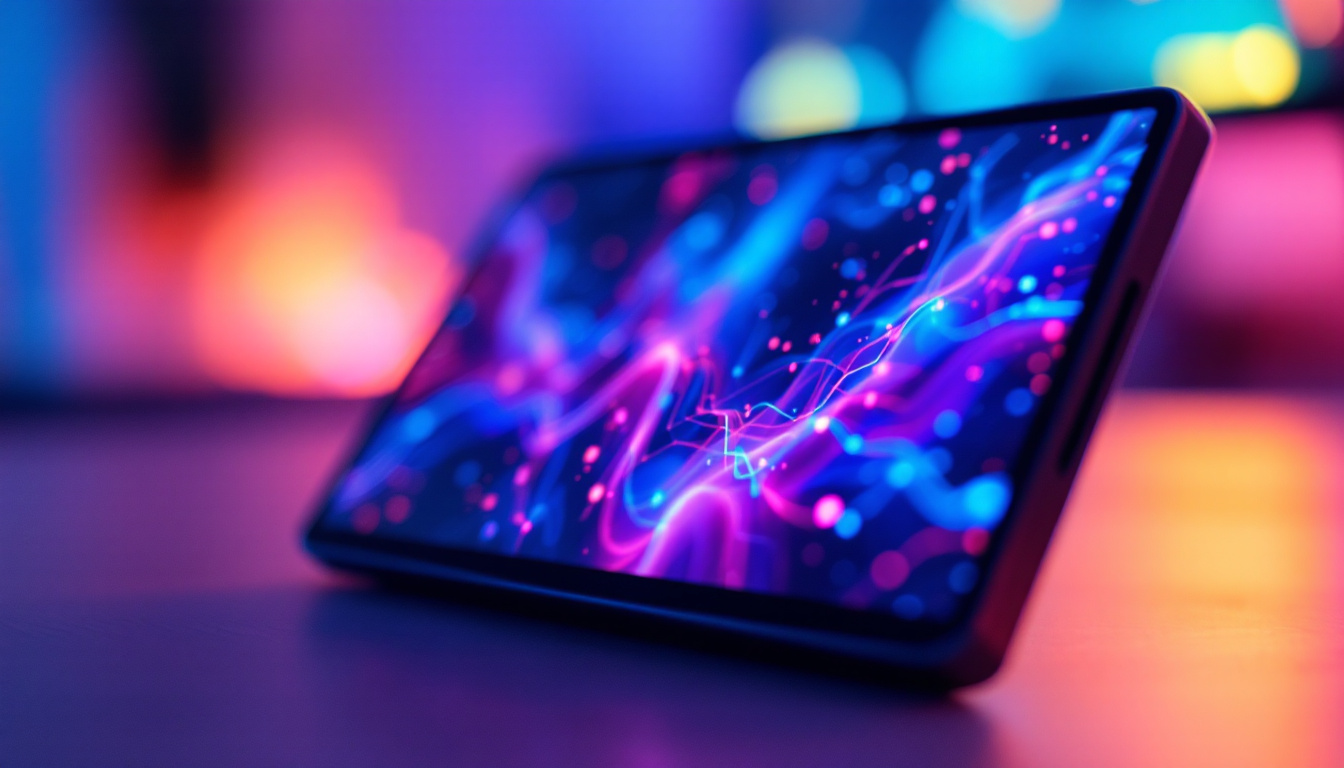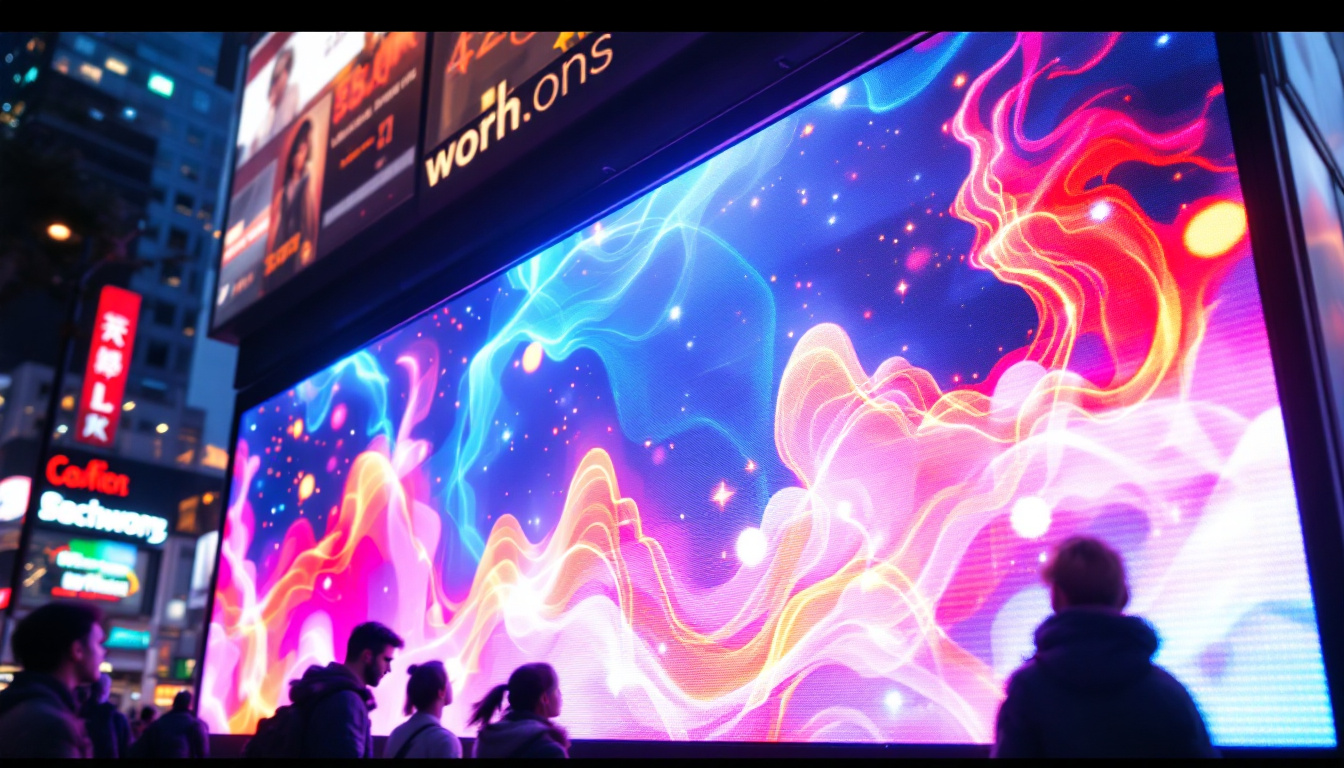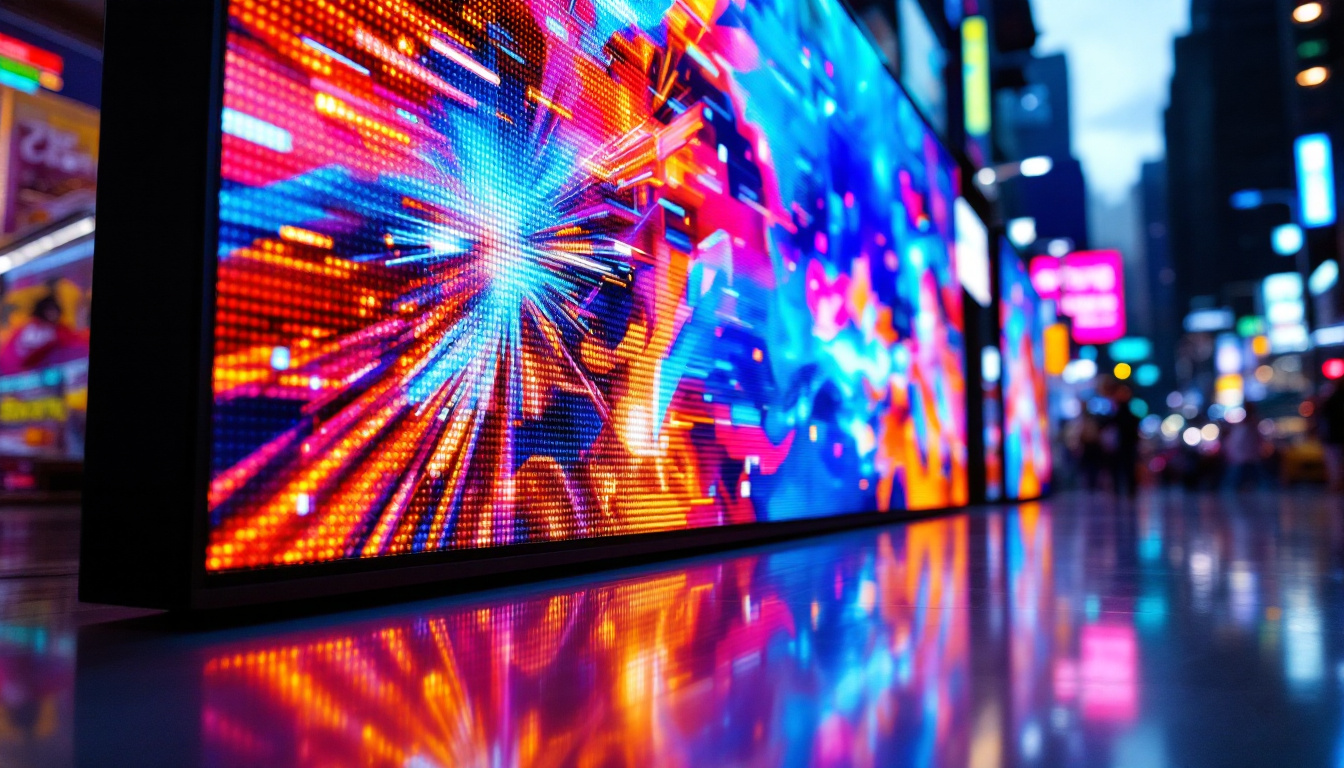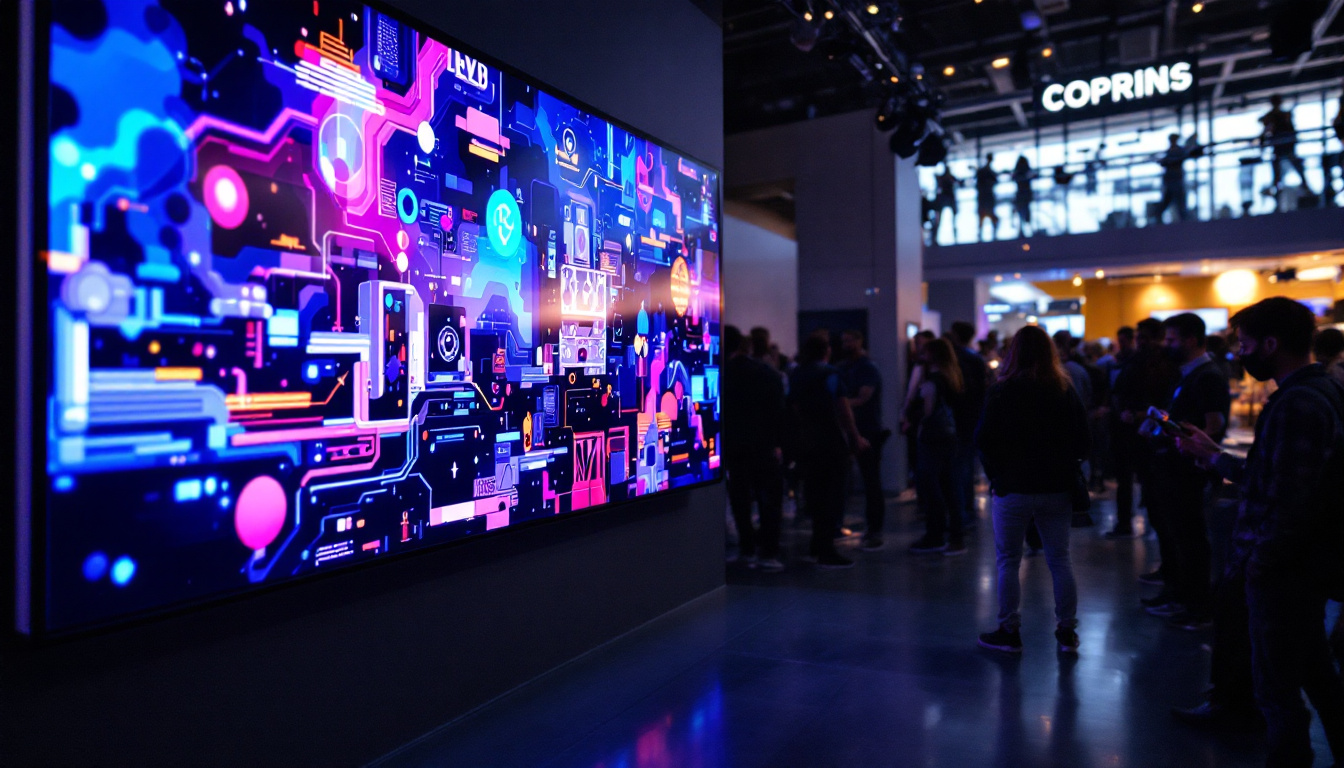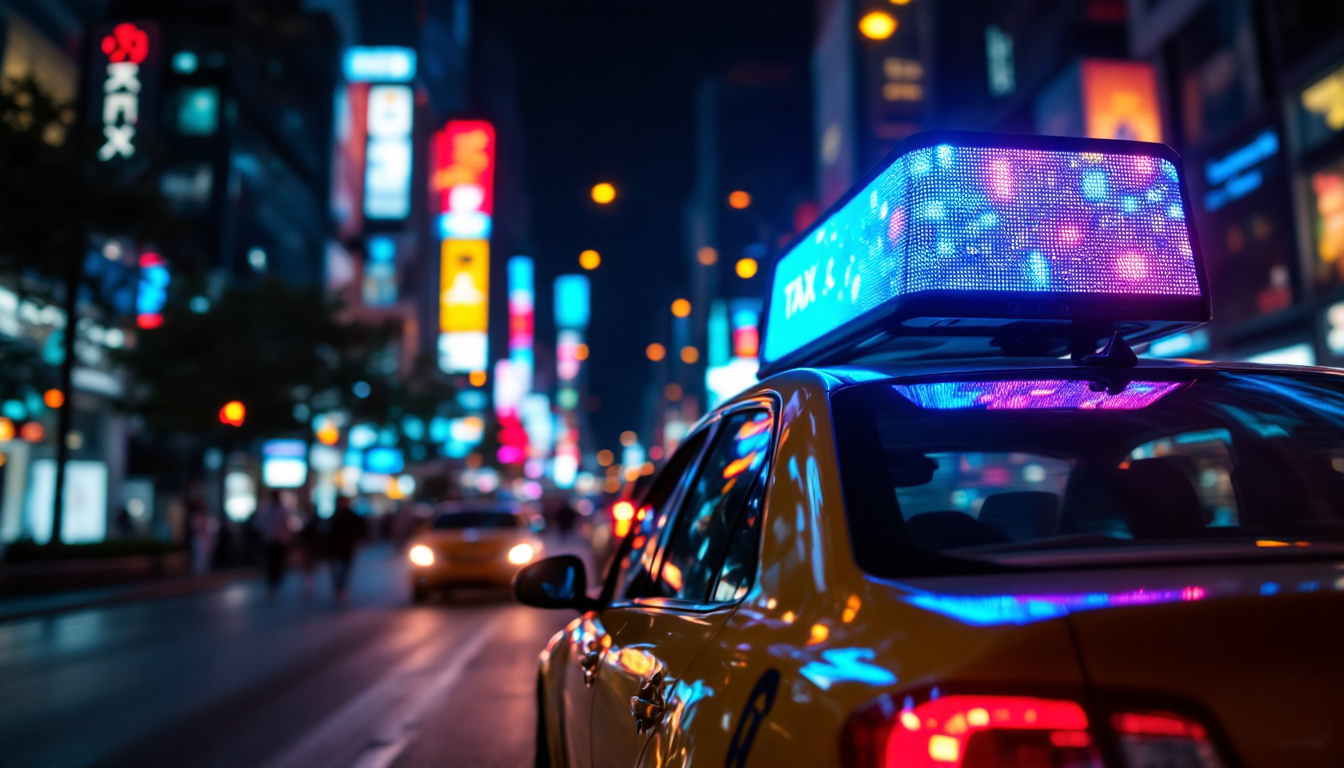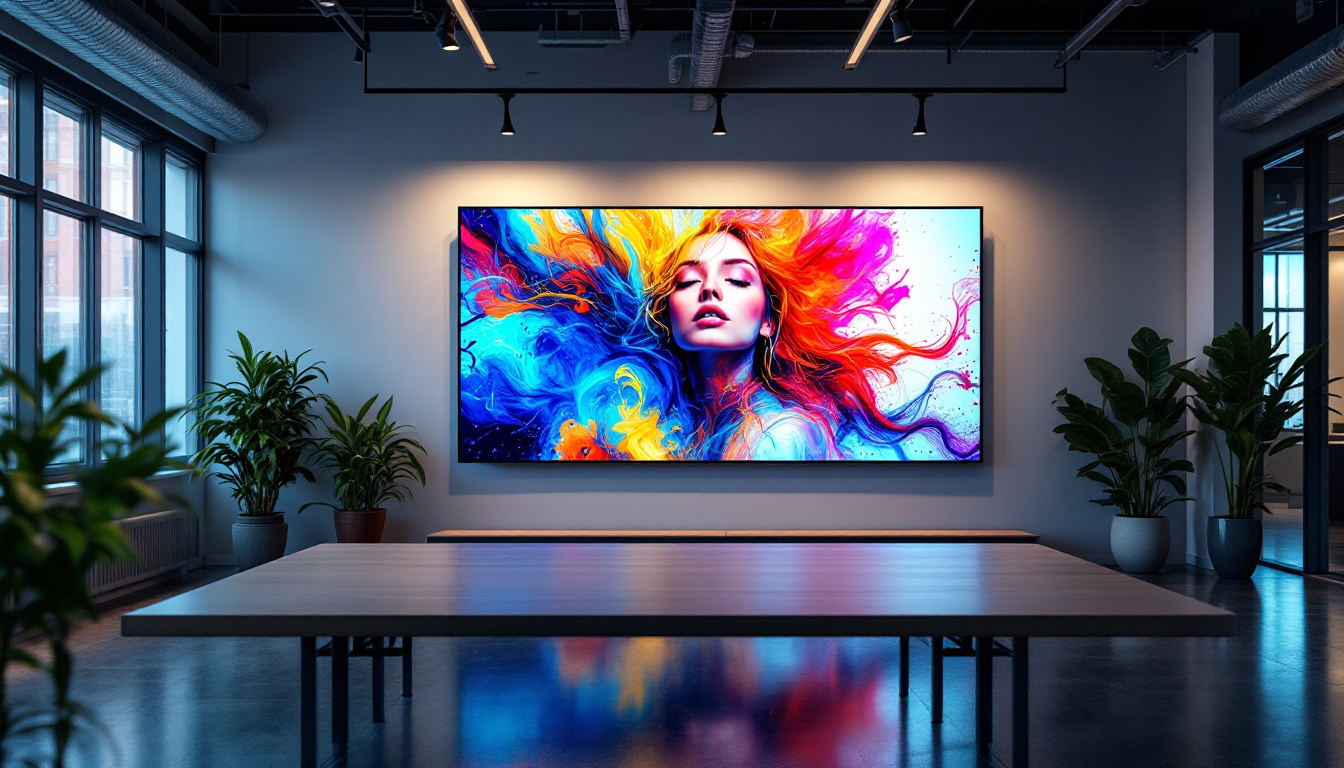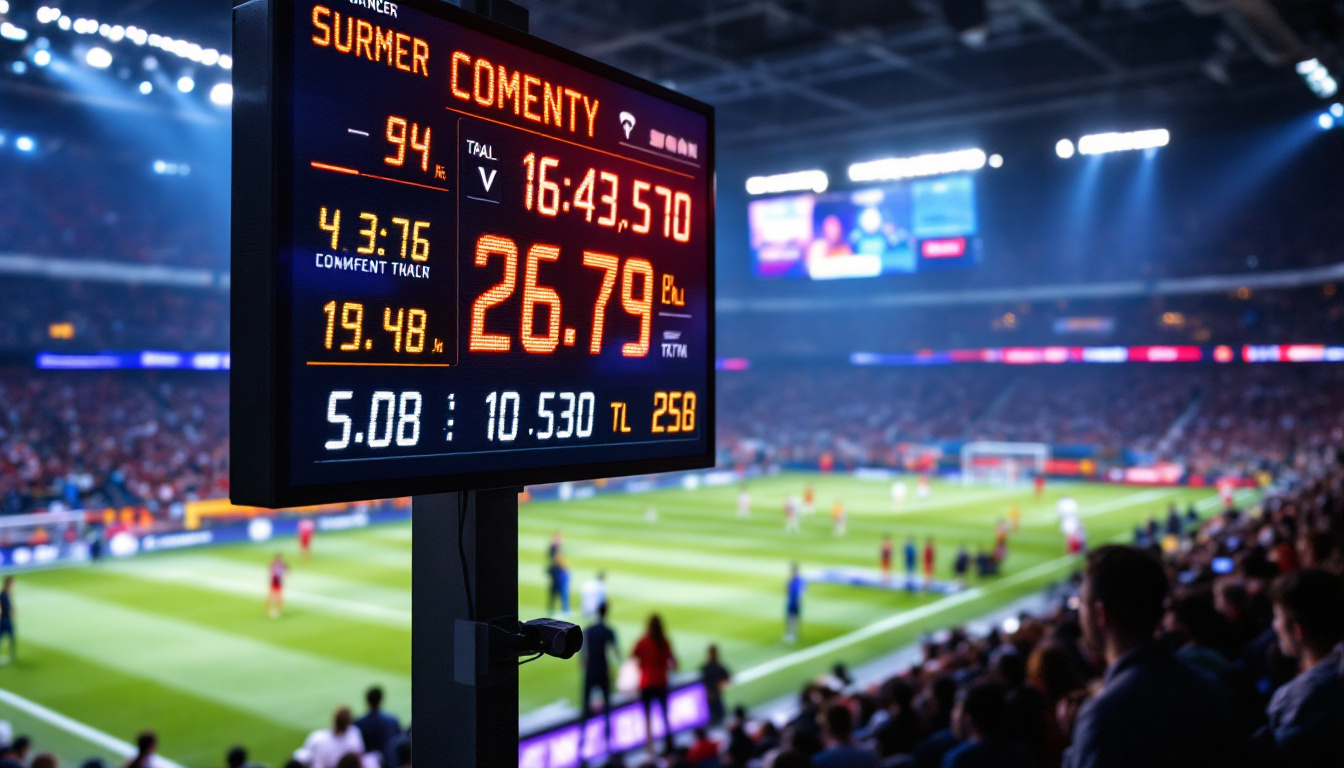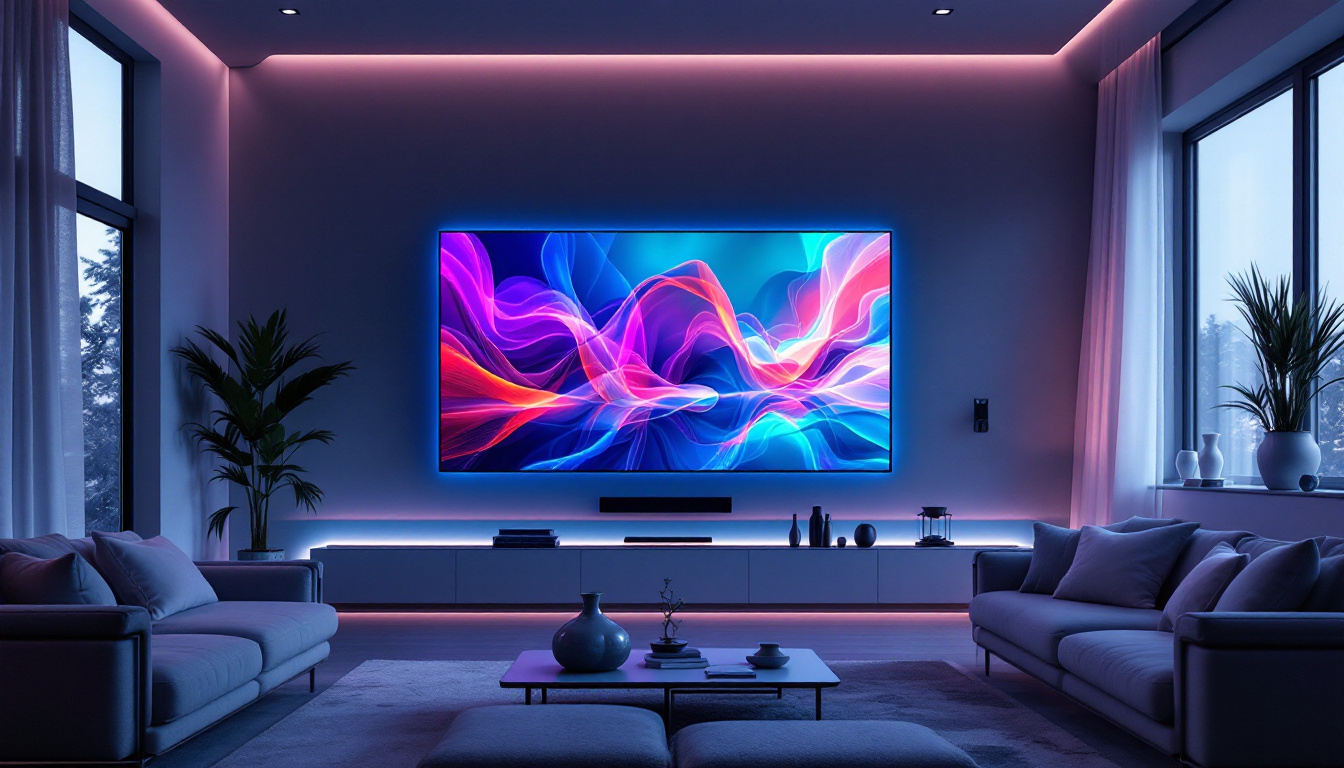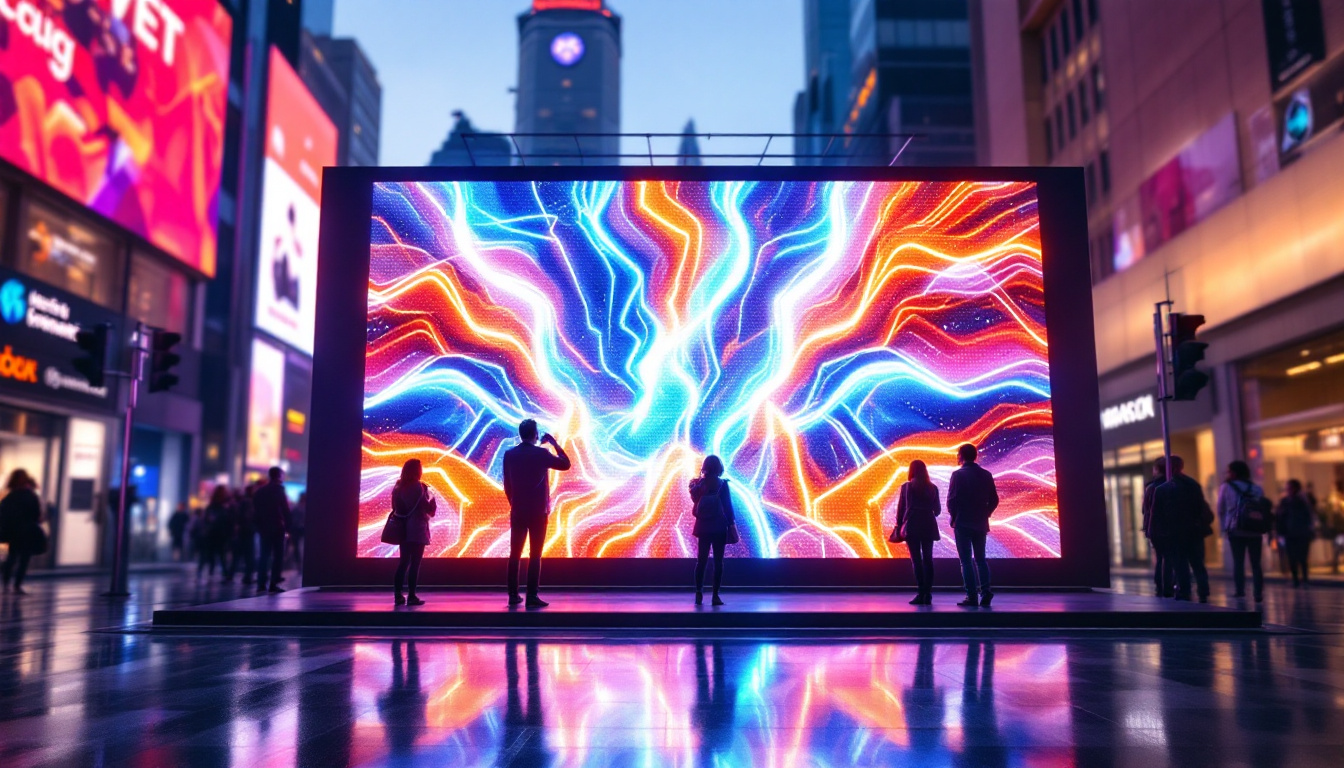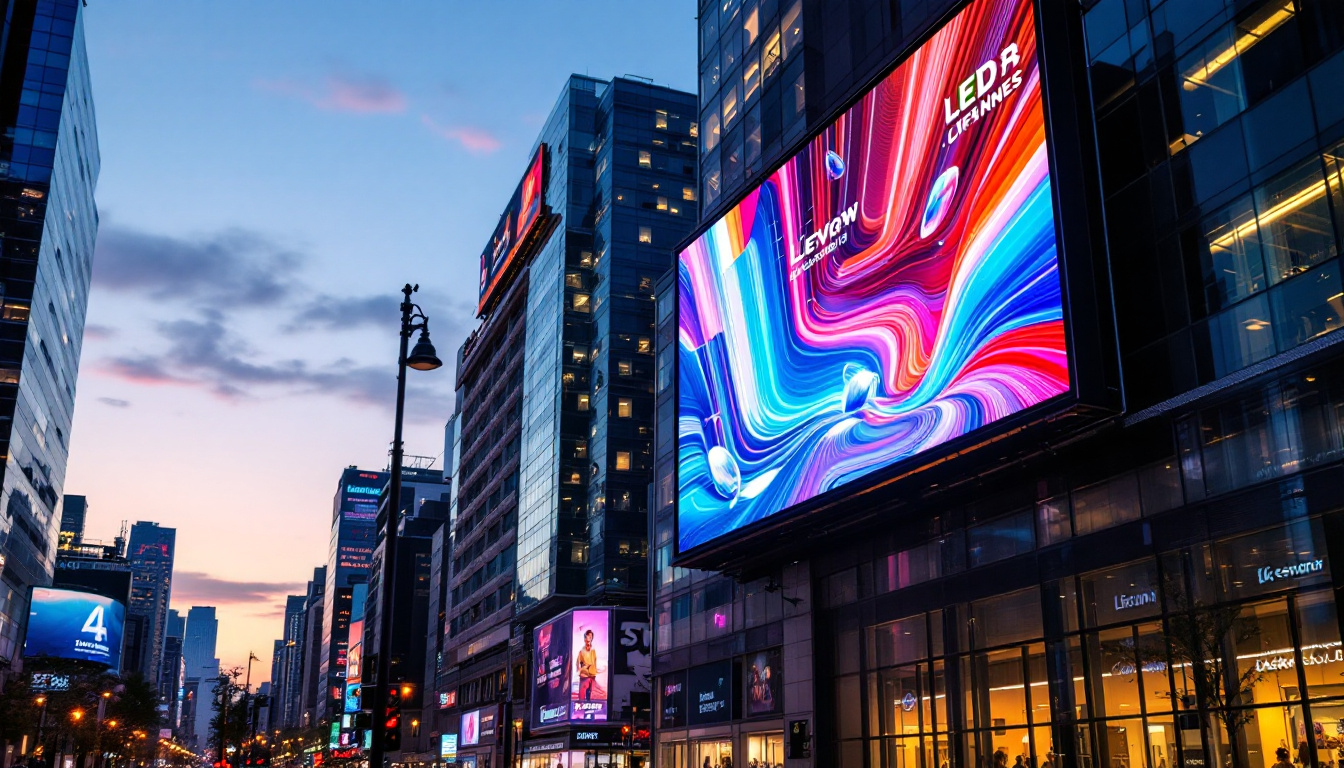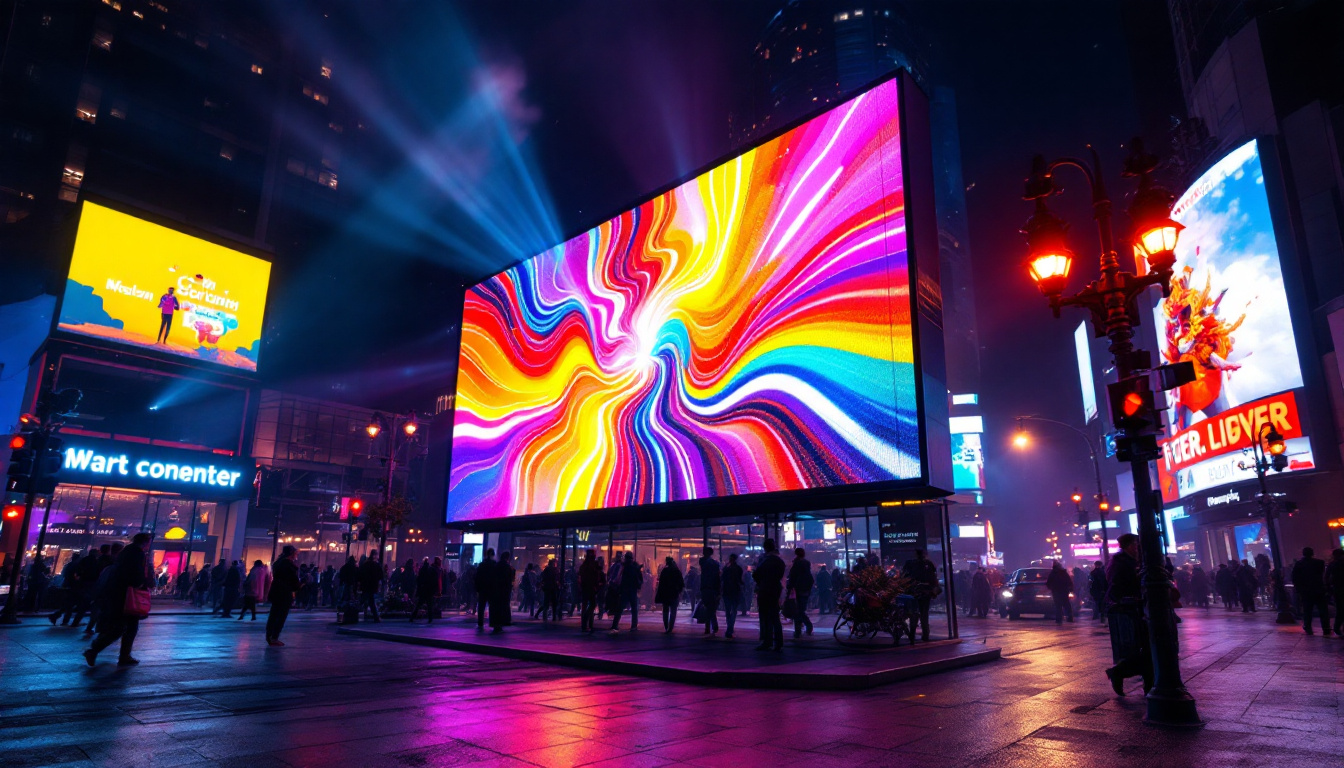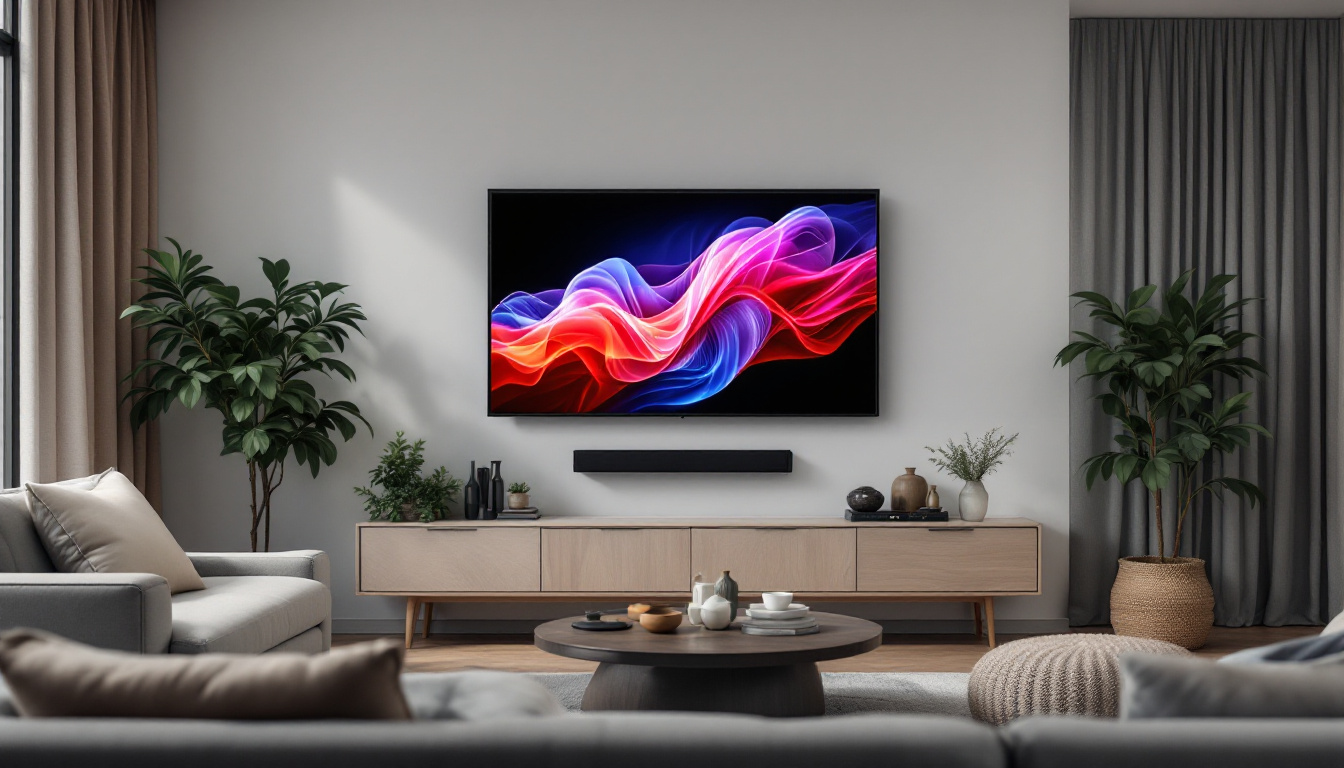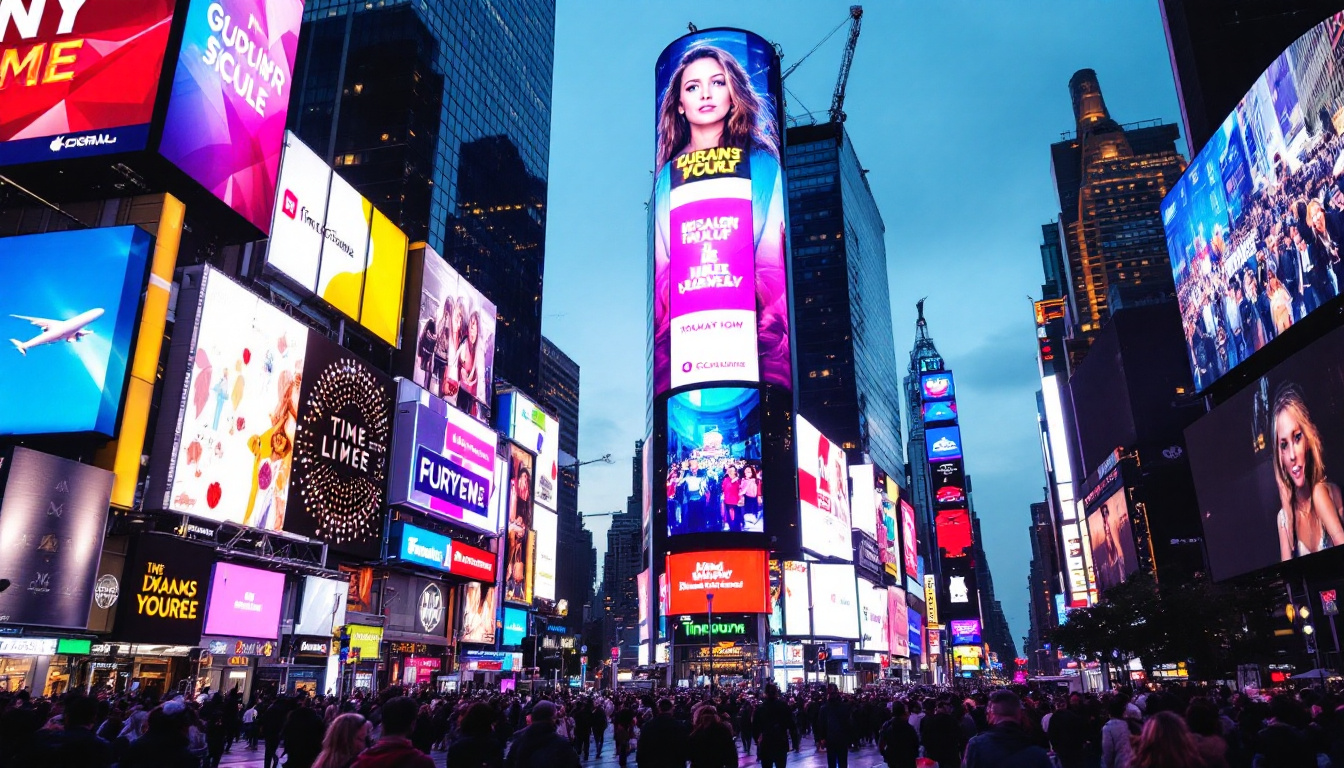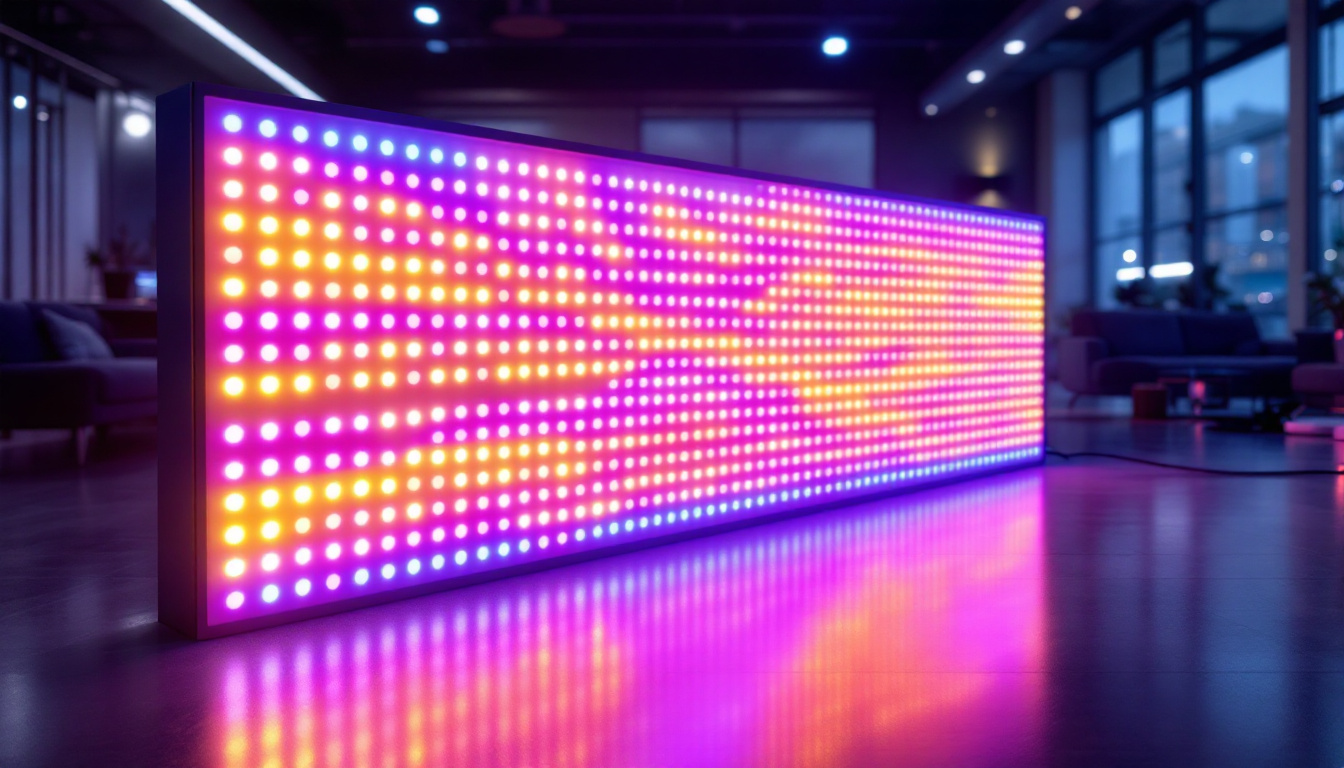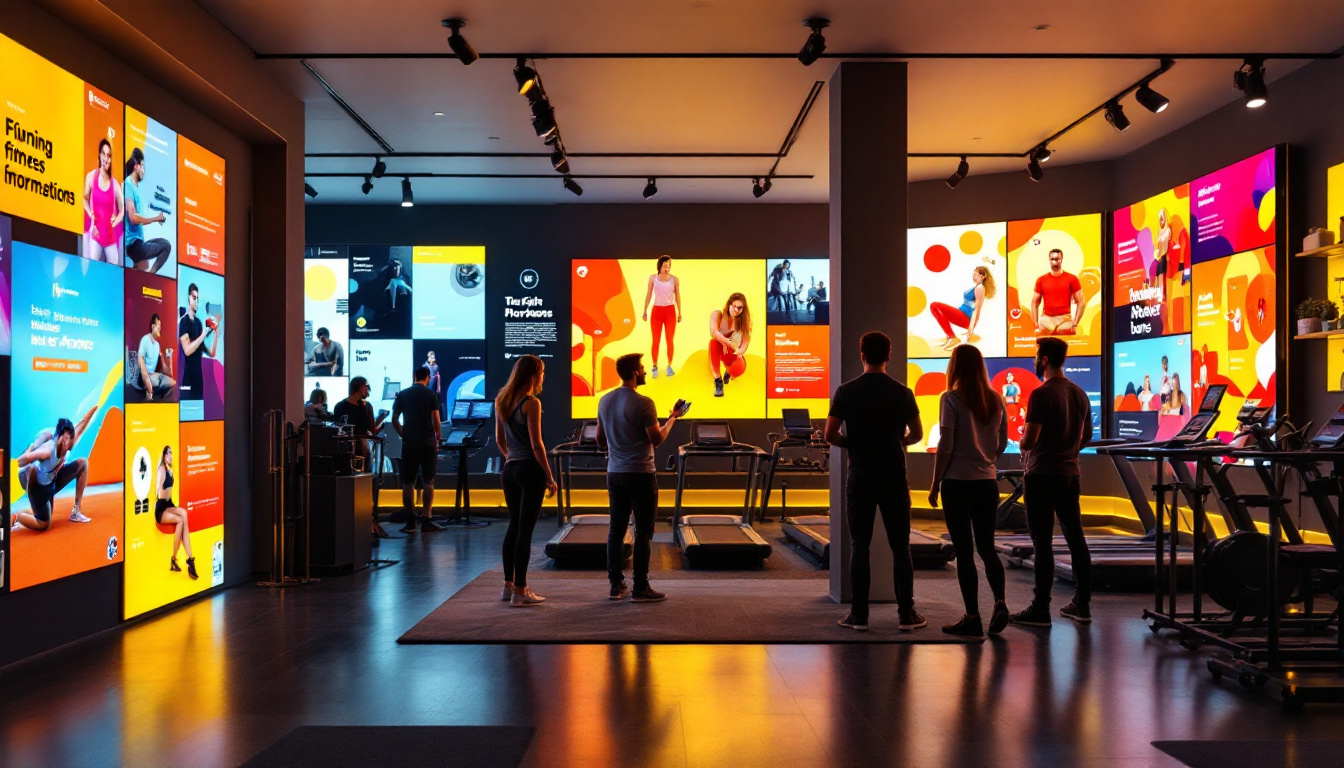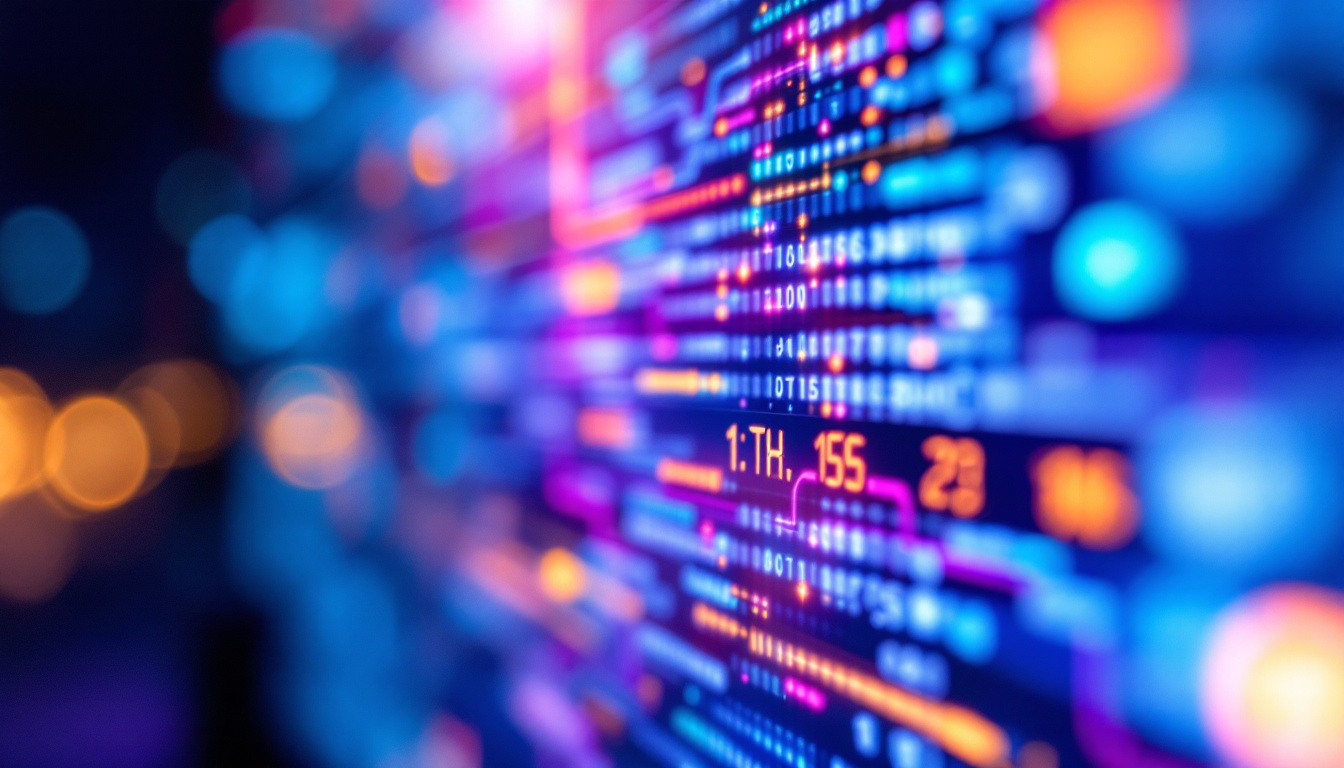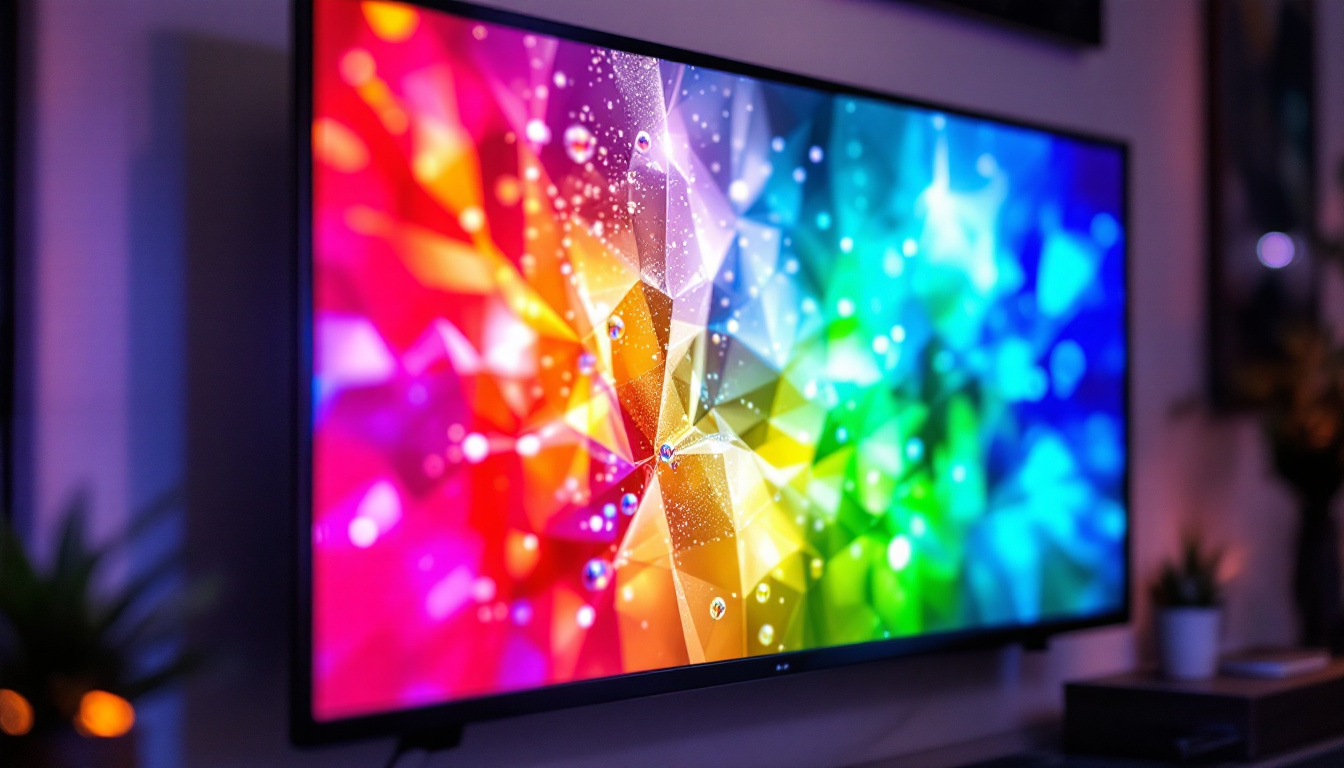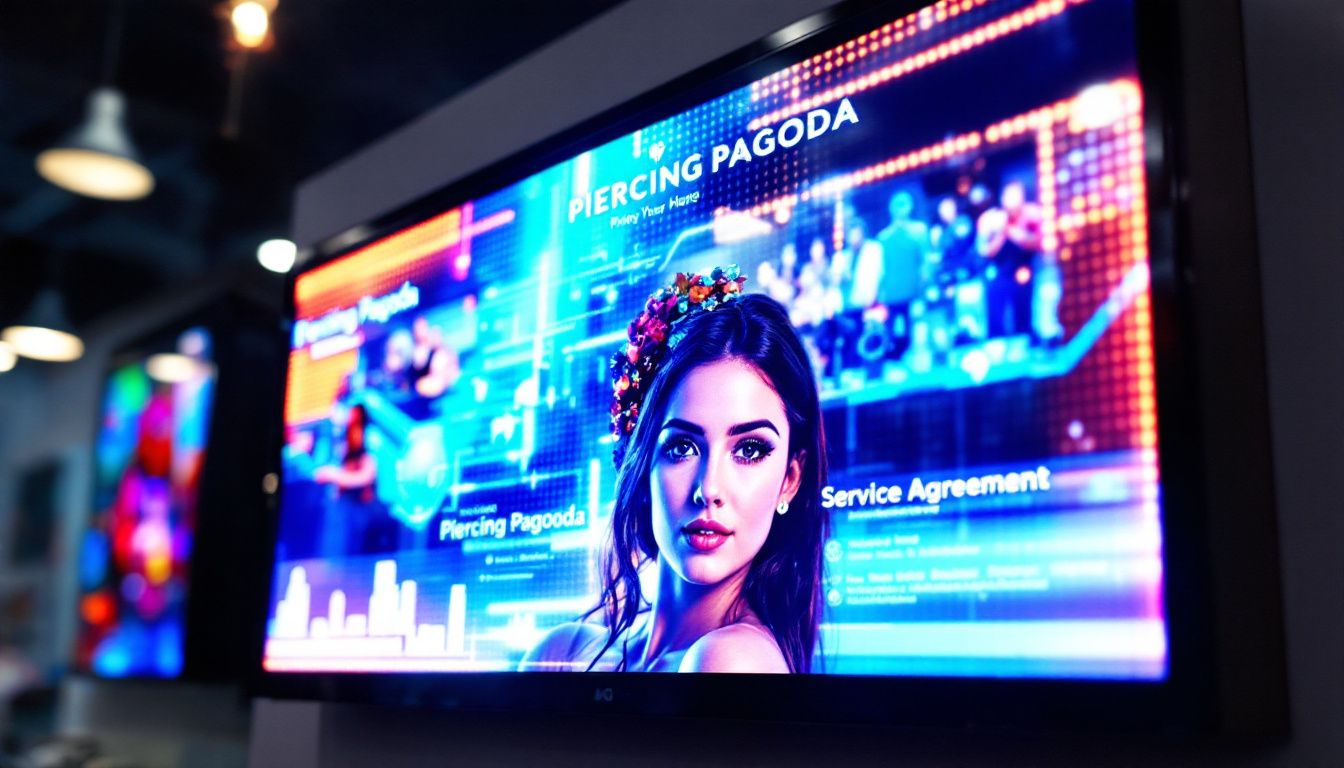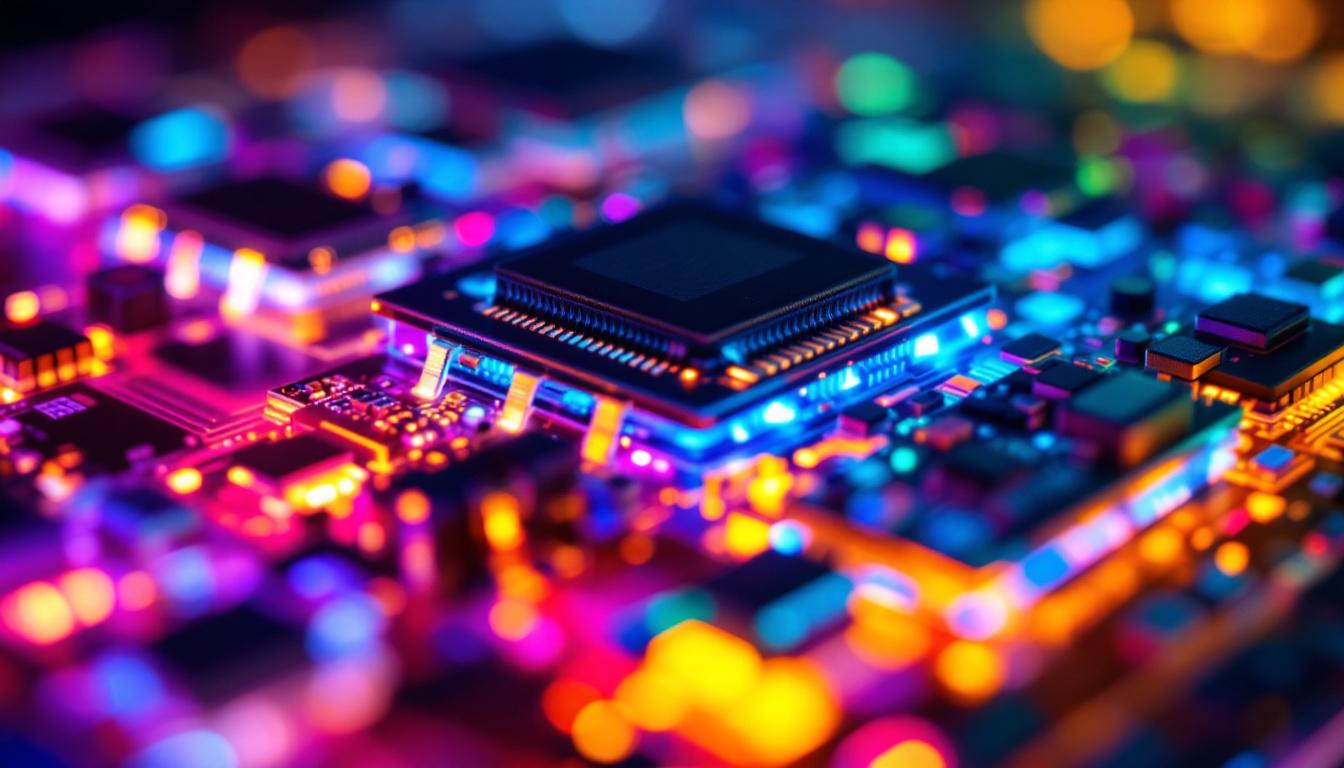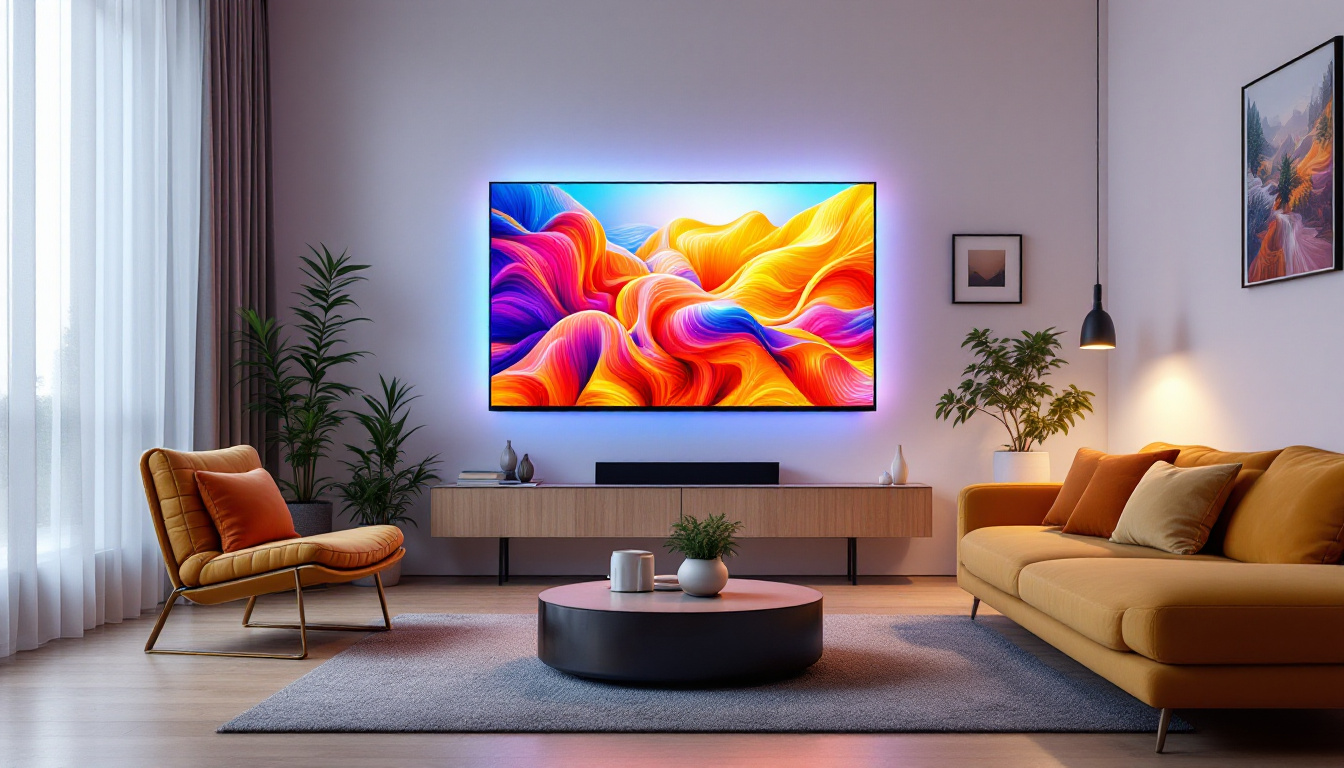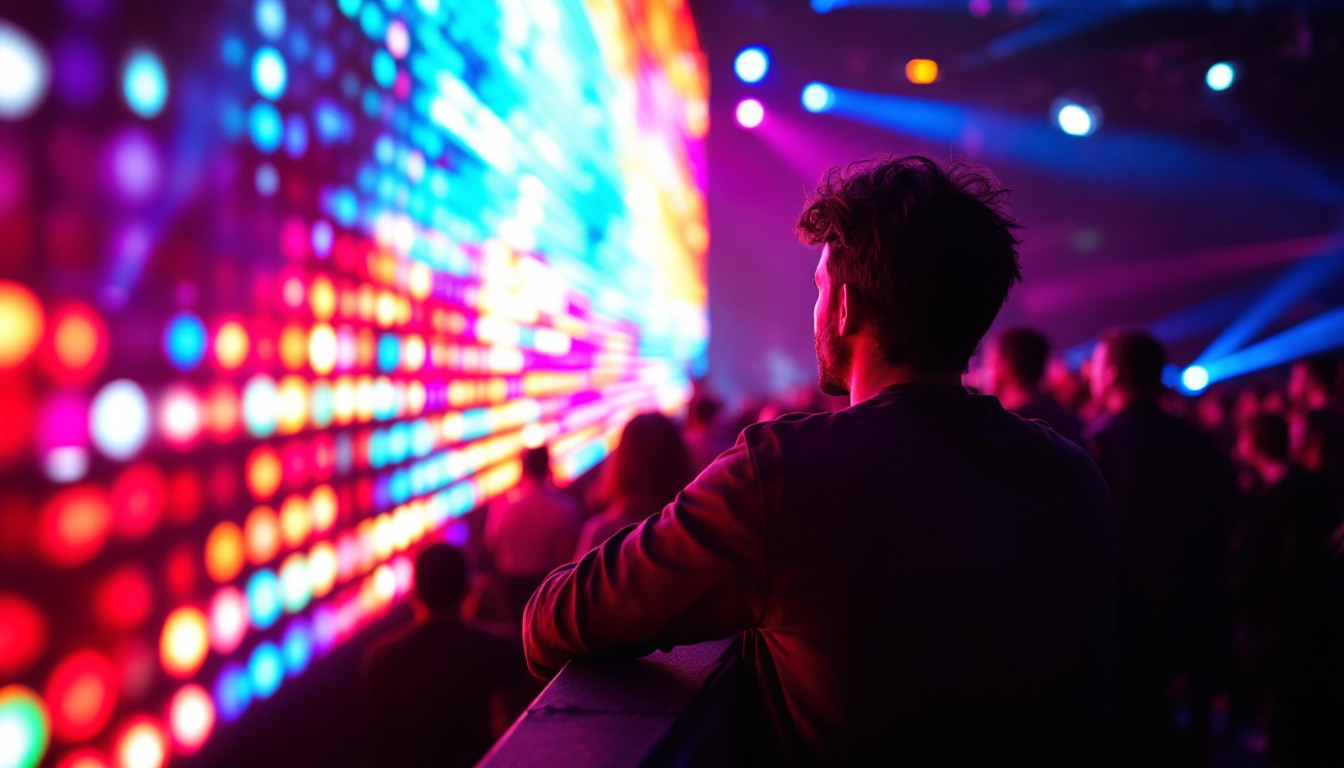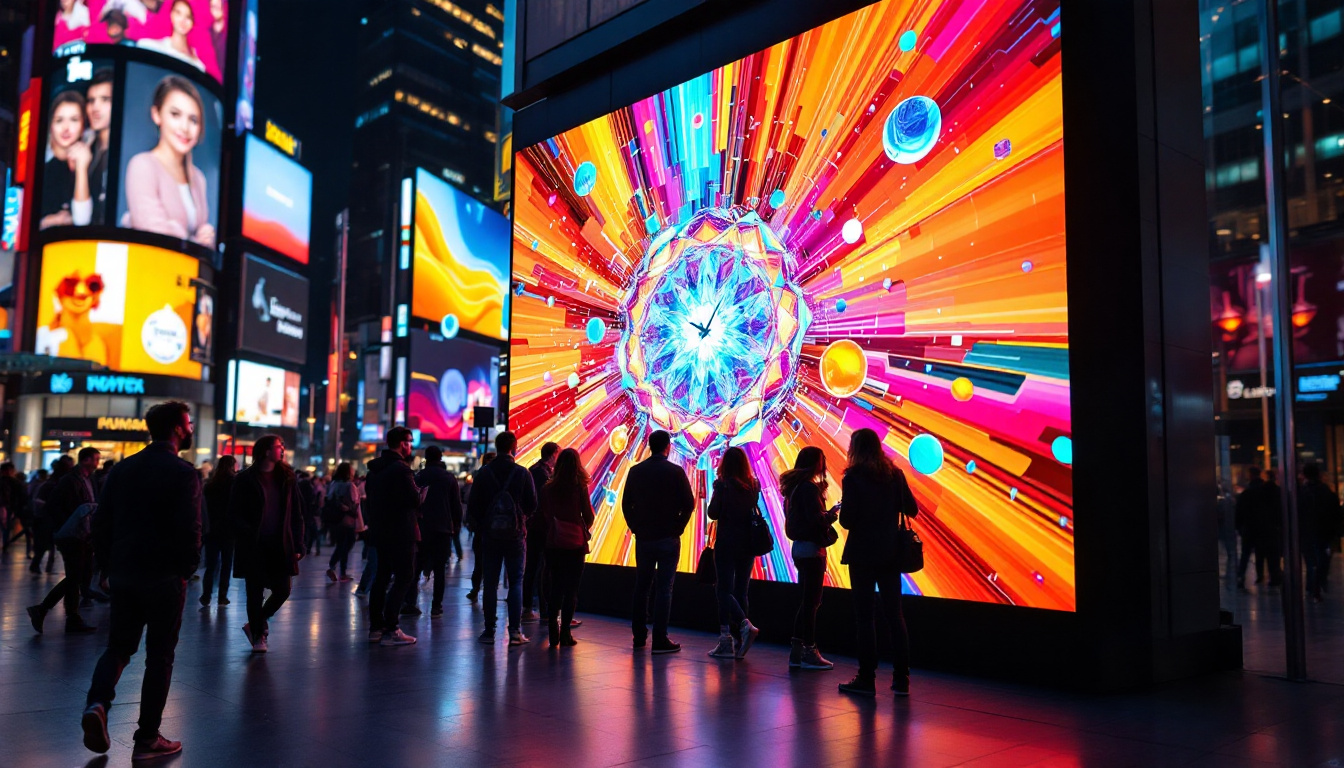In the modern world of advertising and information dissemination, LED signs have emerged as a powerful tool. These vibrant displays are not only eye-catching but also versatile, making them a popular choice for businesses, events, and public spaces. This article delves into the intricacies of LED displays, exploring their technology, applications, benefits, and future trends.
Understanding LED Technology
Light Emitting Diodes (LEDs) are semiconductor devices that emit light when an electric current passes through them. The technology behind LEDs has evolved significantly over the years, leading to the development of high-quality displays that are used in various applications. This evolution has not only improved the efficiency and brightness of LEDs but has also made them more accessible and affordable for consumers and businesses alike.
The Basics of LED Operation
LEDs operate on a simple principle: when electrons move through a semiconductor material, they release energy in the form of light. This process is known as electroluminescence. The color of the light emitted depends on the materials used in the semiconductor. For instance, different combinations of gallium, arsenide, and phosphorous can produce red, green, or blue light. The efficiency of this light emission is a significant advantage of LEDs over traditional incandescent bulbs, as they convert a higher percentage of energy into visible light rather than heat.
In LED displays, clusters of these diodes are arranged in a grid pattern, allowing for the creation of images and text. The combination of red, green, and blue LEDs can produce a full spectrum of colors, enabling dynamic visuals that can attract attention and convey messages effectively. Furthermore, advancements in LED technology have led to the development of smart LEDs, which can be controlled remotely and programmed for various effects, enhancing the interactivity and versatility of displays in public spaces.
Types of LED Displays
There are several types of LED displays, each suited for different applications. The most common types include:
- Single Color Displays: These are the simplest form of LED signs, typically used for basic messaging, such as open/closed signs or simple notifications. They are cost-effective and easy to install, making them a popular choice for small businesses.
- Bi-Color Displays: These displays can emit two colors, allowing for more complex messages and visual effects. They are often used in environments where quick communication is essential, such as transportation hubs and event venues.
- Full Color Displays: Utilizing red, green, and blue LEDs, full-color displays can show intricate graphics and animations, making them ideal for advertising and entertainment. These displays are commonly found in stadiums, concert venues, and large outdoor billboards, where captivating visuals can significantly enhance audience engagement.
Additionally, LED displays can be categorized based on their pixel pitch, which refers to the distance between the centers of two adjacent pixels. A smaller pixel pitch results in higher resolution and better image quality, making it suitable for close viewing distances. This characteristic is crucial for applications such as indoor advertising and high-definition video walls, where clarity and detail are paramount. As technology continues to advance, we can expect to see even more innovative uses of LED displays, pushing the boundaries of visual communication and design.
Applications of LED Signs
LED signs have found their way into various sectors, proving their versatility and effectiveness. From retail stores to sports arenas, the applications are vast and varied.
Advertising and Marketing
One of the primary uses of LED displays is in advertising. Retailers and businesses leverage these vibrant signs to attract customers and promote products. The ability to change messages quickly and easily allows businesses to keep their advertising fresh and relevant.
LED signs can display dynamic content, such as promotional videos, countdowns, or special offers, which can significantly increase foot traffic and sales. Moreover, their visibility even in bright daylight makes them an ideal choice for outdoor advertising. The technology behind LED displays also allows for energy-efficient operations, which can lead to lower operational costs for businesses that rely on constant advertising. As a result, many companies are investing in LED signage as a long-term marketing strategy, recognizing the potential return on investment through increased customer engagement and brand visibility.
Public Information and Wayfinding
LED displays are also widely used in public spaces for information dissemination. Airports, train stations, and bus terminals utilize LED signs to provide real-time updates on schedules, delays, and directions. This instant communication helps manage the flow of people and enhances the overall travel experience.
Additionally, LED wayfinding signs in large venues, such as malls or hospitals, guide visitors efficiently, reducing confusion and improving navigation. These signs can be programmed to display multilingual information, catering to diverse populations and ensuring that everyone can find their way with ease. The incorporation of interactive features, such as touchscreens, further enhances user experience, allowing individuals to search for specific locations or services within the facility.
Entertainment and Events
In the entertainment industry, LED displays play a crucial role in concerts, sports events, and festivals. They are used for large-scale visuals, including backdrops, scoreboards, and promotional content. The ability to create stunning visual effects enhances the audience’s experience, making events more memorable.
Moreover, LED screens are increasingly being used for live streaming and broadcasting, allowing audiences to engage with events in real-time, regardless of their location. This technology not only expands the reach of events but also allows for interactive experiences, such as social media integration where fans can see their posts displayed on the big screen. Additionally, the use of LED technology in stage design has transformed performances, enabling artists to create immersive environments that captivate audiences and elevate the overall production quality. As the technology continues to evolve, we can expect even more innovative applications in the realm of entertainment, pushing the boundaries of creativity and audience engagement.
Benefits of LED Signs
The advantages of using LED signs are numerous, making them a preferred choice for many organizations. Here are some of the key benefits:
Energy Efficiency
LED technology is known for its energy efficiency. Compared to traditional incandescent or fluorescent lights, LEDs consume significantly less power, leading to lower energy bills. This efficiency not only benefits businesses financially but also contributes to environmental sustainability.
Furthermore, LED signs have a longer lifespan, often lasting up to 100,000 hours, which reduces the need for frequent replacements and maintenance.
High Visibility and Brightness
One of the standout features of LED displays is their brightness. They are designed to be visible even in direct sunlight, making them ideal for outdoor use. The high contrast and vibrant colors ensure that messages are easily readable from a distance, capturing the attention of passersby.
This visibility is crucial for businesses aiming to attract customers in competitive environments, where standing out is essential.
Customizability and Flexibility
LED signs offer unparalleled customizability. Businesses can easily change their messages, graphics, and animations to suit their needs. This flexibility allows for seasonal promotions, event announcements, or even daily specials, keeping the content fresh and engaging.
Moreover, with advancements in technology, businesses can now control their LED displays remotely, making it easier to manage content across multiple locations.
Challenges and Considerations
While LED signs offer numerous benefits, there are also challenges and considerations that businesses should keep in mind when investing in this technology.
Initial Costs
Although LED signs can save money in the long run due to their energy efficiency and longevity, the initial investment can be significant. Businesses must weigh the upfront costs against the potential long-term savings and benefits.
It’s essential to conduct a cost-benefit analysis to determine whether an LED sign is a worthwhile investment based on specific business needs and objectives.
Regulatory Compliance
In many areas, the use of LED signs is subject to local regulations and zoning laws. Businesses must ensure that their signage complies with these regulations, which may dictate factors such as size, brightness, and placement.
Failure to adhere to these regulations can result in fines or the need to remove the signage, making it crucial for businesses to research local laws before installation.
Technological Advancements
The rapid pace of technological advancements in LED displays means that businesses must stay informed about the latest developments. New features, such as interactive displays and enhanced connectivity options, are continually being introduced.
Investing in outdated technology can hinder a business’s ability to compete effectively, so it’s essential to consider future-proofing when selecting an LED display.
The Future of LED Displays
The future of LED signs looks promising, with ongoing innovations and evolving applications. As technology continues to advance, several trends are shaping the landscape of LED displays.
Integration of Smart Technology
Smart technology is increasingly being integrated into LED displays, allowing for enhanced functionality and interactivity. Businesses can leverage data analytics to optimize content based on audience behavior and preferences.
For instance, sensors can detect foot traffic and adjust the displayed content accordingly, ensuring that the most relevant messages reach the right audience at the right time.
Environmental Considerations
As sustainability becomes a priority for many organizations, the LED industry is also focusing on eco-friendly practices. This includes using recyclable materials in manufacturing and improving energy efficiency.
Moreover, the development of solar-powered LED signs is gaining traction, providing a sustainable solution for outdoor advertising while reducing reliance on traditional power sources.
Enhanced Visual Experiences
Future LED displays are expected to offer even more immersive visual experiences. Technologies such as augmented reality (AR) and virtual reality (VR) are being explored to create interactive advertising and engaging content.
These advancements will not only enhance customer engagement but also open up new avenues for creativity in marketing and communication.
Conclusion
LED signs have revolutionized the way businesses communicate with their audiences. With their vibrant colors, energy efficiency, and versatility, they have become an essential tool for advertising, public information, and entertainment. While there are challenges to consider, the benefits far outweigh the drawbacks, making LED displays a wise investment for many organizations.
As technology continues to evolve, the potential for LED signs will only expand, offering exciting opportunities for businesses to engage with their customers in innovative ways. Embracing this technology not only enhances visibility but also positions organizations at the forefront of modern communication strategies.
Discover LumenMatrix’s Innovative LED Solutions
Ready to elevate your visual communication strategy with the latest in LED technology? Look no further than LumenMatrix, a pioneer in crafting LED display modules that bring your brand to life. From the bustling streets to the heart of your next event, our diverse range of solutions, including Indoor and Outdoor LED Wall Displays, Vehicle LED Displays, and more, are designed to captivate and engage. Experience the future of advertising and entertainment with LumenMatrix’s advanced LED displays. Check out LumenMatrix LED Display Solutions today and transform the way you connect with your audience.

